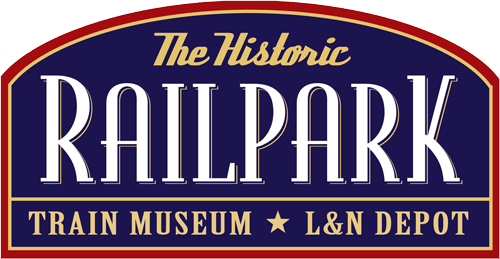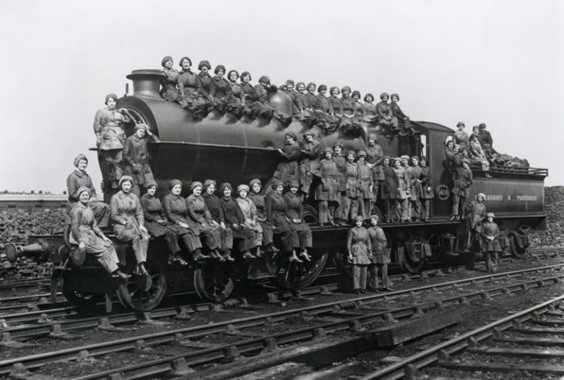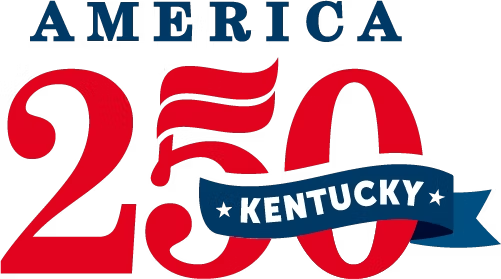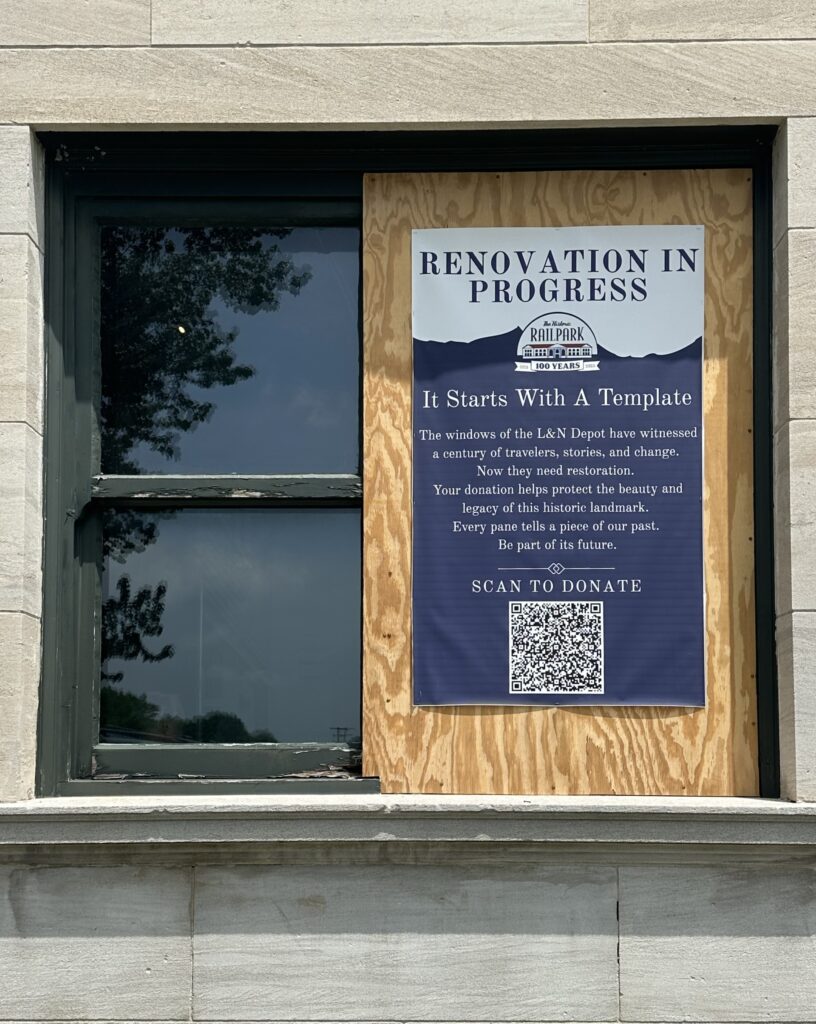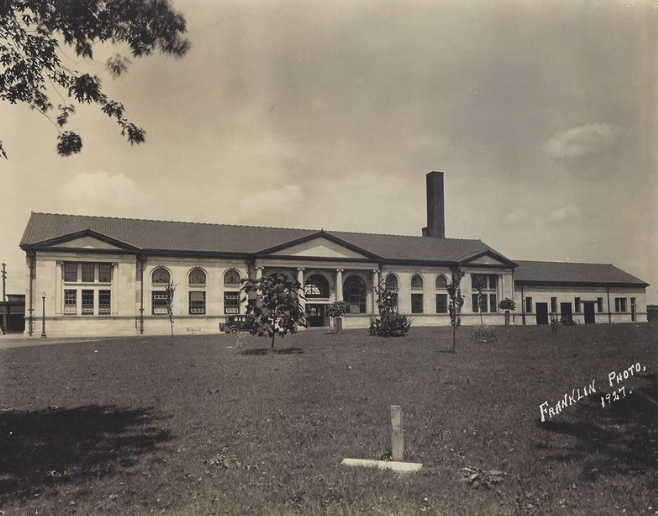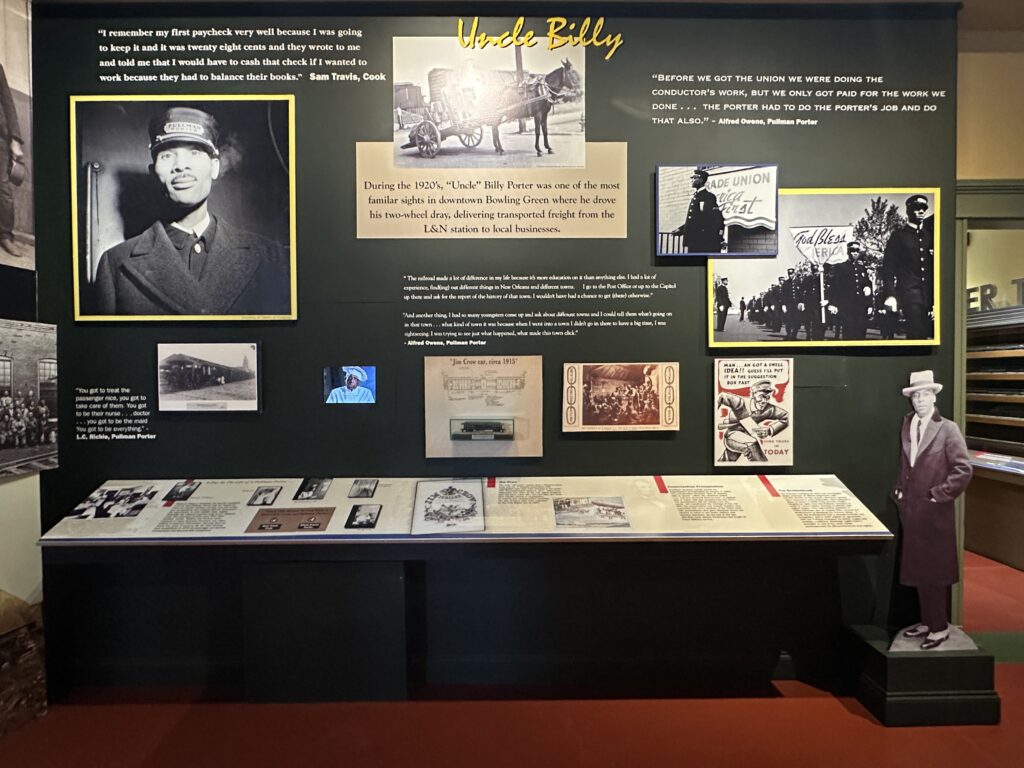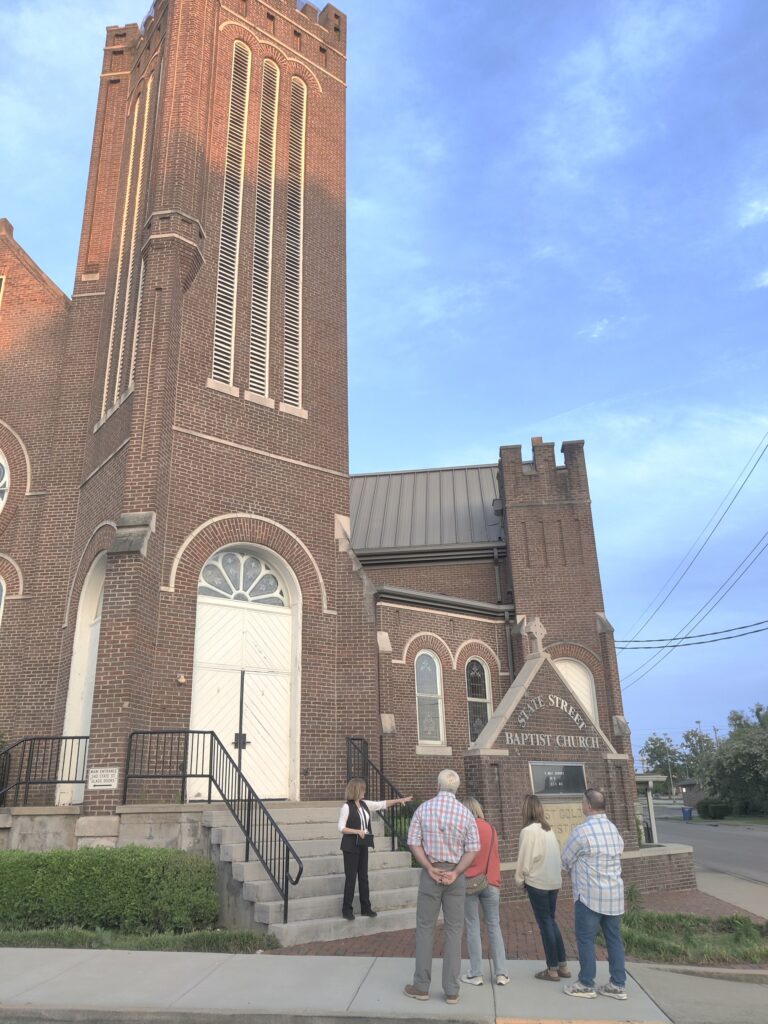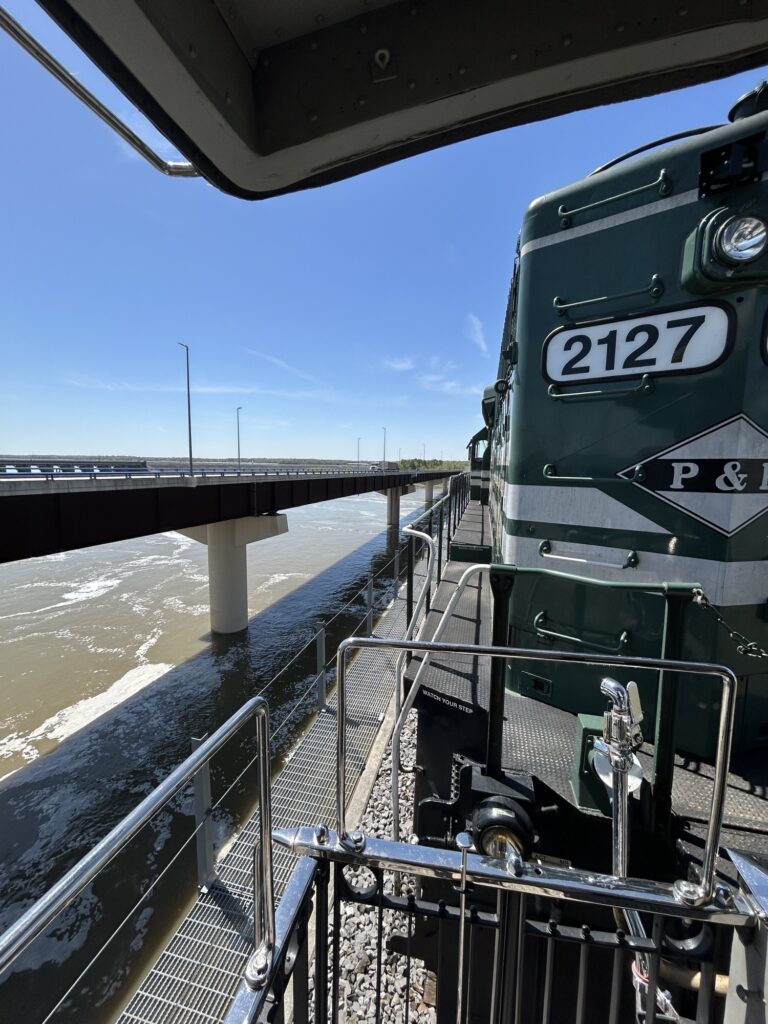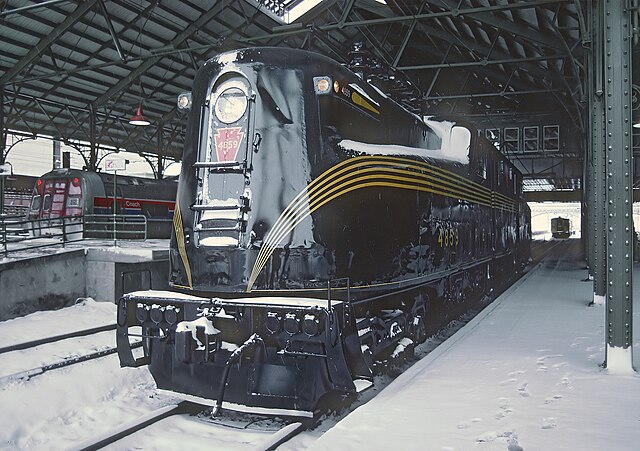Women in Railroading the Wheels Turning
The early 20th century marked a transformative period for women’s roles in society, and World War I became a catalyst for breaking down traditional gender norms across various industries. The railroad sector was no exception, as the demand for manpower to support the war effort led to a significant influx of women into roles that were previously reserved for men.
During the years 1914-1918, the L&N, like many other railroads, witnessed a surge in female employment. Women were not only confined to clerical roles but were now filling positions that were once considered off-limits. The diverse array of jobs included typists, clerks, agents, operators, ticket sellers, car cleaners, crossing watchers, and even light mechanical work in shops. A powerful image from 1910 captures women railroad workers diligently cleaning a passenger car, symbolizing the breaking of gender barriers in the industry.
Photos from 1918 showcase women railroad laborers on the front of an engine in a bustling railroad yard. This speaks volumes about the expanding role of women in the day-to-day operations of the railroad, challenging preconceived notions of gender-specific job responsibilities. Their presence reflects the industry’s adaptation to new circumstances and the acknowledgment of women’s competence in roles traditionally dominated by men.
At the Lincoln Park Station in 1917-1918, women were actively contributing to the war effort as employees of the Buffalo, Rochester, and Pittsburgh Railway Company. Their roles encompassed a wide range of responsibilities, showcasing the versatility and adaptability of women in the railroad workforce.
Despite the challenges posed by state statutes and opposition from trade unions, women during this period received the same pay as their male counterparts. The introduction of women into mechanical forces faced resistance in some areas, but railroad executives recognized their efficiency. To support their integration, some railroads established schools for training women in telegraphy, dispatching, and signaling.
On the L&N, women employees saw a significant increase during WWI. Although they did not operate or repair locomotives due to labor shortages, their roles were crucial, mostly in clerical positions or closely related fields. The number of women employed by the L&N skyrocketed from less than a hundred before WWI to thousands in 1918.
Under federal control in 1918, Secretary of the USA Treasury William G. McAdoo issued a general order that not only established new wage levels for railroad workers but also mandated equal pay for women in similar roles. This recognition marked a significant step toward gender equality in the workplace.
The women who joined the railroad workforce during World War I not only played a vital role in supporting the war effort but also paved the way for future generations of women in the industry. Their resilience, competence, and contribution to breaking down gender barriers in the railroad sector during this pivotal period deserve recognition and celebration. As we reflect on the past, let us acknowledge the trailblazing women who kept the wheels of the railroad turning during a time of unprecedented change.
To learn more about the roles railroads played during wars visit the Historic RailPark & Train Museum “Railroads Go To War” exhibit.

